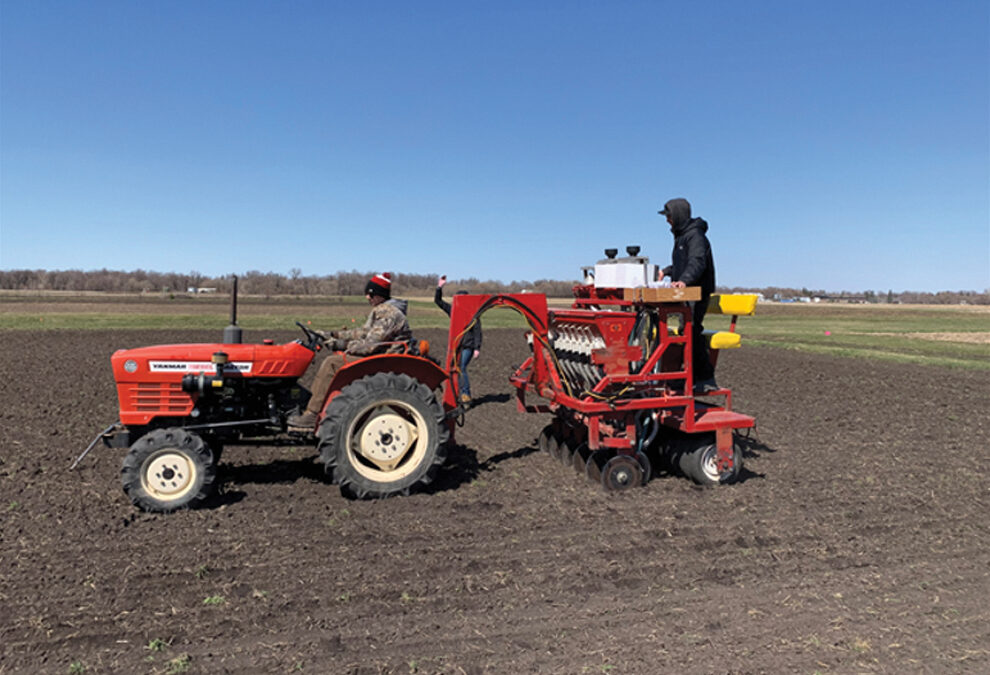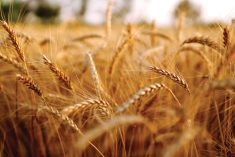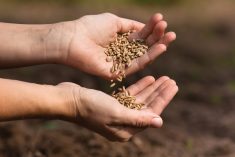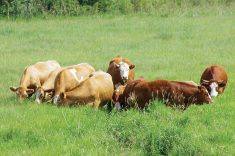A University of Manitoba study is looking for farmers’ input to analyze the economics of organic pea intercropping.
“The overall goal of the questionnaire is to add on-farm information to an economic analysis of different pea-intercrop seed mixtures,” said Will Bailey-Elkin, a master’s student in the department of plant science.
Bailey-Elkin is looking for farmers in Manitoba, Saskatchewan and Alberta who are certified organic, have a field size of 40 acres or more, and have experience growing pea intercrops in the last two to three years.
Read Also
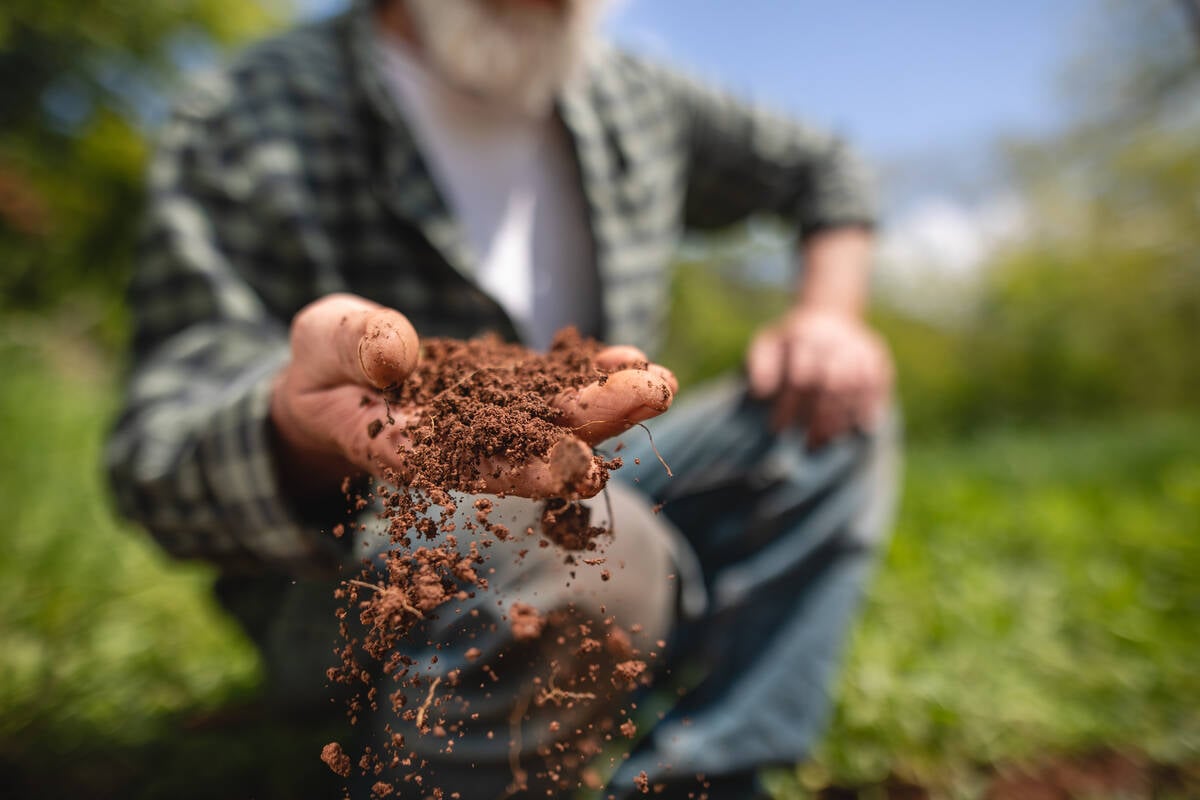
Finally getting paid for sustainable farming?
Alberta project says they might have a line on a workable ecosystem credit model to reward farmers for sustainability, and Manitoba might be next
“The information provided will help develop a greater understanding of the true costs involved in practising pea intercropping across the Canadian Prairies,” he said.
Among organic farmers, intercropping semi-leafless peas with a cereal such as barley or oats is a relatively common practice, said Bailey-Elkin. The peas lack competitiveness with weeds, and incorporating a cereal can boost weed suppression — a boon for organic farmers who can’t use synthetic herbicides.
The cereals can form a natural “trellis” for the peas, which makes harvest easier. The two crops working in tandem can also produce an overall higher yield than they would have separately. Competition between the crops can result in increased pea size.
In crop trials in 2019 and 2020, Bailey-Elkin and his colleagues examined gradually increasing seeding rates of cereals intercropped into semi-leafless peas. The researchers looked at how seeding rates affected grain quality, yields and weed suppression.
Based on their yields and cost estimates they can begin to analyze the net profits a farm might experience, but farmer-submitted data will allow them to do the economic analysis “with realistic values from actual farms,” Bailey-Elkin said.
Data from the study may also help farmers pinpoint intercrop seeding rates.
“It allows farmers to incorporate intercrops into their farming system based on their own goals,” said Bailey-Elkin. “It just allows them to be more adaptable.”
To participate in the survey, contact Will Bailey-Elkin at [email protected]. The survey will be open until the end of February.


